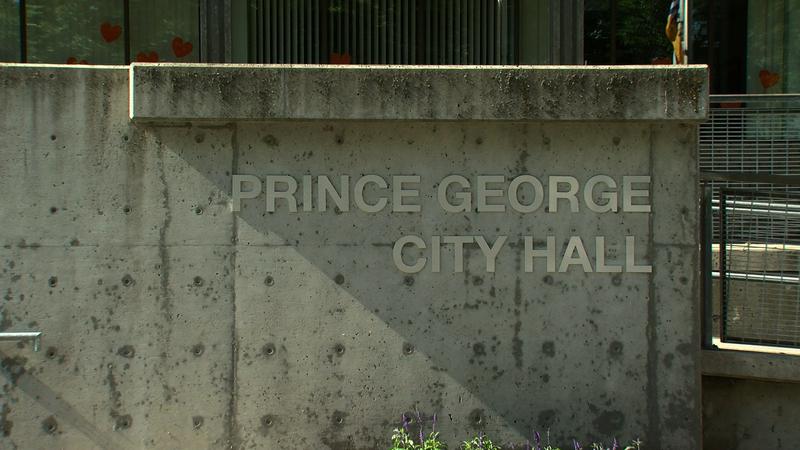
PG’s population increase modest
PRINCE GEORGE – The roads are busier and the city is breaking building permit numbers on a monthly basis. It just feels busier. But is that hubbub reflected in the population numbers from the census? Not really?
In fact, the numbers for the region are modest. Prince George saw its population increase from 74,003 to 76,708. A 3.7 percent hike, surprising to Mayor Lyn Hall.
